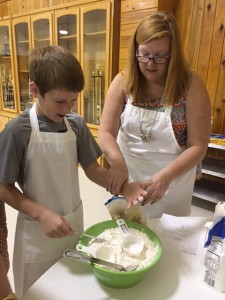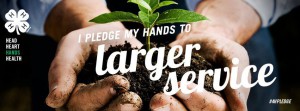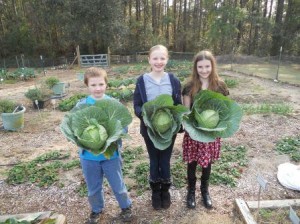by Whitney Cherry | Jan 4, 2019

Cooking together makes memories that last longer than gifts. Photo: Monica Brinkley
This is one New Year’s resolution that I can get behind –
give less stuff and give more self. We’ve just wrapped up December – a month of massive giving. We gave gifts, we made charitable monetary donations, and we’ve overdone “bake-and-take” as I call it. It takes a lot of expendable income to give so many things, but you can choose to manage your resources wisely throughout the year and give through acts of service instead.
I particularly love this idea with small children who may want to buy gifts for loved ones but who aren’t old enough to earn money yet, but it works great for kids of all ages. Rather than doing coupon books for hugs and kisses (cute and welcome as those may be), I help them arrange to spend part of a day with a loved one instead. They help with household chores, do some baking or cooking with them, tackle a difficult chore and so on. Not only are they helping with age appropriate tasks, but they’re getting to spend time together and make memories.

Encourage youth in your life to look around during the year and see who needs help and what they can do to help. Instead of giving more stuff, give more self.
4-H teaches youth life skills such as planning/organizing, wise use of resources, social skills, and character. By encouraging 4-H youth to serve in any large or small way they can, we help them build these and other crucial life skills. Find your local UF/IFAS Extension office to explore how 4-H teaches youth valuable life skills through its project areas..
by Stefanie Prevatt | Apr 12, 2013
April kicks off the global month of service. If you are responsible for guiding and organizing service learning projects for your 4-H Club (or any other organization), follow this five step process to ensure a successful, enriching experience for all involved:
1. Assess.
Who (or what) needs help in your local community? Ask for youth input for a specific area, location, or population.
2. Plan.
Define learning objectives for the project. These can be general or specific, but the service project should be guided by an educational goal.
3. Participate.
To engage youth in a true service learning experience, ask reflection questions during the actual service project.
4. Analyze and Generalize.
Immediately following the experience, ask questions to learn how youth felt while they were engaged in the service project, such as: “What was the most difficult task you did today?”
To generalize is to understand the “so what.” Ask questions like: “What did you learn about yourself while completing this project?”
5. Apply.
Ideally, service learning is a continuous process. Whether giving an illustrated talk on increased awareness of animal abuse or volunteering at a local hospital on their own time, service learning hopes to foster “self-worth, citizenship, critical thinking skills, [and ] responsibility” in youth (Mashburn, Harder, & Pracht, 2011).
For more information on how to can make community service more enriching and meaningful for youth and adults:
Mashburn, D., Harder, A., & Pracht, D. (2011). Learning by doing: Utilizing service-learning projects (AEC392). Gainesville: University of Florida Institute of Food and Agricultural Sciences. Retrieved August 23, 2012 from http://edis.ifas.ufl.edu/wc073#FIGURE%201

The Leon County 4-H Horticulture Club grew and donated over 150lbs of fresh vegetables to local food banks in 2012.



